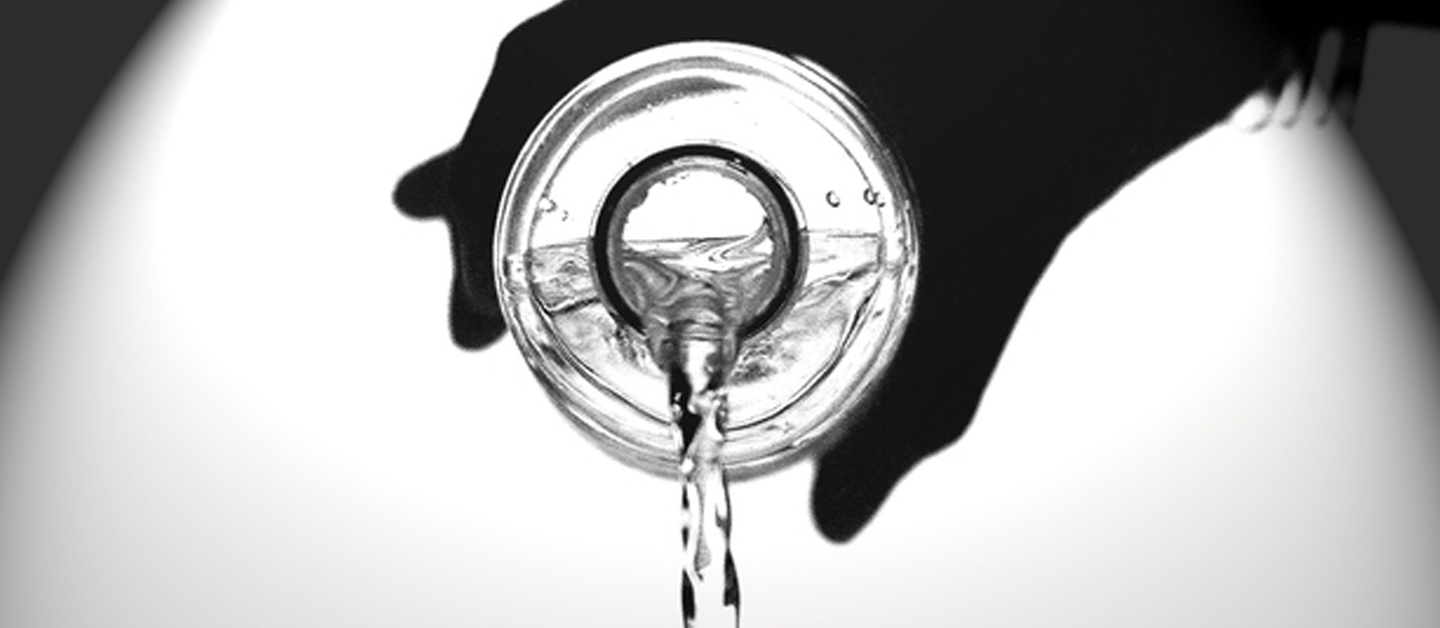
What does "pure water" mean and how do you evaluate good drinking water?
"Pure water" is not what you think
La Fântâna has built its business and reputation through water cooler and purifier services – impossible things without deep knowledge and understanding of water.
We open with this article a series of informative materials related to drinking water. Water, the most important catalyst of life, seems, for most of us, something trivial and normal: "simple as water". Nowadays, in the era of consumer economy, intensive exploitation of land, and pollution, this is not the case at all. To bring this information to the public, we turned to the experience of the "water teacher", biochemist Silvia Enculescu.
Physico-chemically, "pure water" does not exist naturally. Pure water exists from a scientific perspective, it is obtained at the end of physicochemical processes, only in laboratories - and is used only for the preparation of reagents and culture media. Legally, this type of water is prohibited for human consumption.
Equally important, what is in drinking water is not called impurities, but "chemical composition", established by the 45 physicochemical parameters imposed by law. These, for water to be drinkable, must comply with certain values, established by regulations.
Water naturally has these compounds. Depending on the values they reach in the water, relative to legally permissible values, it is determined whether water is drinkable - that is, safe to drink and safe for the body - or not.
The main parameters by which the potability of water is determined are:
-
pH - should be between 6.5 and 9.5. Below 6.5 already means an acidic pH. Above 9.5 means too basic pH – both exceedances have immediate consequences for the body (stomach acidity being an example).
-
Water conductivity is an indicator of the amount of mineral substances dissolved in water. Mineral water is the only one exempted from a maximum value for conductivity, but in this case, it must be considered that mineral waters with mineralization above 500 mg / l should not be consumed at the level of two liters of water per day – that is, the level recommended for maintaining proper hydration of the adult human body.
The higher the conductivity, the more minerals dissolved in the water. They bring measurable electrical charge to the water. The maximum legally permissible limit for water conductivity is 2500 μS/cm (microSiemen per centimeter).
-
Turbidity is the parameter that reflects the amounts of mechanical impurities in water (also visible to the naked eye) - for example, clay, sand, or rust that water "takes with it" from wells or pipes on which it circulates. The legal limit is five units of turbidity. In the context of the discussion about impurities, the visible ones, measurable by turbidity, are the only ones able to worry the consumer.
-
The presence of nitrates, azotites, and ammonia in water is among the most important analyses. Nitrates are allowed into drinking water in concentration up to 50 mg/l, nitrites up to 0.5 mg/l, and ammonia - up to 0.5 mg/l. These chemical compounds exist naturally in water, but water in farmed areas contains higher proportions of these compounds due to the use of chemical fertilizers.



